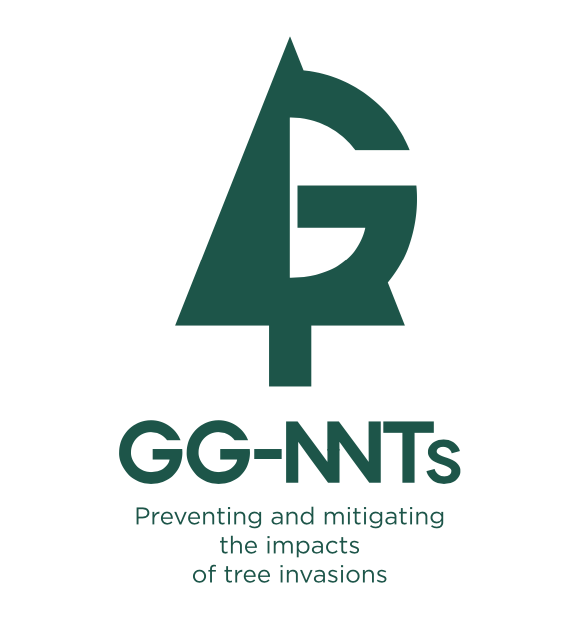
By Ana Novoa, Giovanni Vimercati, Giuseppe Brundu, David M Richardson, Urs Schaffner, Antonio Brunori, Thomas Campagnaro, Susan Canavan, Laura Celesti-Grapow, Michele Dechoum, Katharina Dehnen-Schmutz, Jean-Marc Dufour-Dror, Franz Essl, S Luke Flory, Heinke Jäger, Jasmin Joshi, Marion Karmann, Barbara Langdon, Katharina Lapin, Johannes Le Roux, Vanessa Lozano, Mauro Masiero, Laura A. Meyerson, Martin A. Nuñez, Aníbal Pauchard, Jan Pergl, Petr Pyšek, Jana Pyšková, Jonatan Rodriguez, Ross T Shackleton, Joaquim S Silva, Tommaso Sitzia, Laura Verbrugge, Michaela Vítková, Yitbarek Tibebe Weldesemaet, Marjana Westergren, John R. U. Wilson.
This Plain Language summary is published in advance of the paper discussed; check back soon for a link to the full paper.
People have widely introduced and planted trees outside the trees’ native ranges. Introduced trees can provide many benefits. For example, like native trees, they contribute significantly to the world’s economy, mitigate climate change, provide shade, are aesthetically pleasing and stabilize sand-dunes. However, some introduced trees can spread beyond the initial planting sites and lead to negative impacts. For example, they can displace native biodiversity, increase fire frequency and intensity, reduce water availability and affect human well-being. To help relevant stakeholders avoid these problems and introduce and plant trees in a safe manner, a group of experts developed the Global Guidelines for the Use of Non Native Trees (GG-NNTs).
In this paper, we asked key stakeholders globally, who use or manage introduced trees (e.g., landscape architects, foresters, conservation managers, environmental consultants and governmental agencies), for their thoughts, knowledge and compliance with these guidelines. We found that stakeholders generally agree that introduced trees can provide benefits and cause negative impacts, and consider that their organization complies with existing regulations and voluntary agreements concerning the introduction and use of trees. However, they are not familiar with the GG-NNTs.
We conclude that, if we aim to reduce the risks associated with tree invasions, there is an urgent need to inform stakeholders about the existence of the GG-NNTs, and to engage them in co-adapting, adopting and complying with these guidelines.